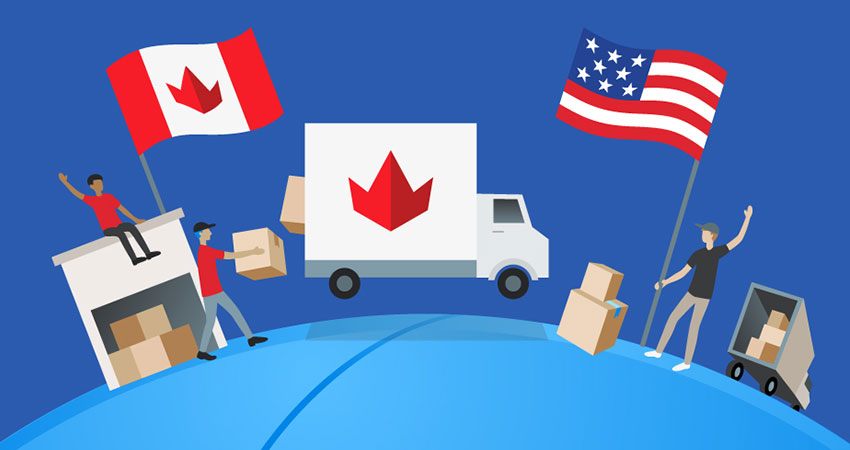There was a period when ecommerce was one of the most viable business models on the planet. For some companies, this meant finding an inexpensive source of production overseas, arranging for a bulk order, and then having the products shipped to the U.S for subsequent distribution and sale to consumers.
As you may know, China is the largest trading partner of the United States, and currently the world’s largest manufacturer of goods. Which is partially the reason that in early 2016 the Trump administration introduced a number of unique import tariffs that made it much more expensive for American businesses to import products from China.
While the rationale was to increase reliance on American-made products, and there were benefits in regard to reshoring, one unintended consequence was to put U.S. ecommerce businesses at a disadvantage.
And while many believed that the change in administration in 2020 would result in a complete removal of these tariffs, it did not, making it harder than ever for ecommerce to turn a profit in the U.S. This has led many merchants to turn to Canadian fulfillment.
Canadian Fulfillment Explained
In the simplest sense, Canadian fulfillment is the process by which you purchase large shipments of overseas goods, then import them to Canada instead of the U.S. Once they’re in Canada, they’re held by a third party until you receive an order, at which point they’re shipped on your behalf.
While I certainly appreciate that this may seem like a rather roundabout way of doing business, there is a reason it’s become increasingly popular among U.S. businesses: It saves you money.
De Minimis Value for Imported Goods
Coinciding with the tariffs and duties introduced in 2016, the de minimis value for imported goods was also increased from $200 to $800, opening the door for ecommerce businesses in America to avoid import costs.
The de minimis value threshold describes the maximum dollar value a shipment can be imported into the U.S. without incurring any tariffs and duties.
Then, in late 2016, the de minimis value was published within a list of Section 321 exemptions by U.S. Customs, meaning any goods imported into the U.S. valued under $800 weren’t subject to tariffs and duties as long as they were in a single order.
Canadian Fulfillment Solution
With all this in mind, it should be apparent how Canadian fulfillment can benefit you.
As Canada does not have the same import tariffs and duties that we do here in America, you can ship your overseas products into Canada at a fraction of the normal cost.
More importantly, once your shipment of goods reaches Canada, they’re broken up into individual orders that sit below the new $800 de minimis threshold, meaning they get shipped to consumers free of import fees.
Many believe that Canadian fulfillment is one of the reasons why ecommerce sales in the U.S. increased from $598 billion in 2019 to $792 billion in 2020.
Seeking Canadian Fulfillment
With all this information you might be wondering how to take advantage of Canadian fulfillment and lower your import costs for good. Quick answer: It’s easier than ever before.
The increased number of businesses using Canadian fulfillment created a need in the market for businesses to provide that service, which is exactly what happened.
Over the last couple of years, a number of order fulfillment companies have entered the market to provide this service to U.S. ecommerce businesses, making direct-to-consumer sales as easy as possible.
Obviously, this is not a service they provide for free, but you can be assured that in the long run it results in a marked increase in profits – especially when you factor in the elimination of the need for warehouse space or shipping clerks.
In short, Canadian fulfillment is here to stay, and it is opening the door for U.S. ecommerce merchants to import bulk products completely duty-free.
Jeff Wilkins is a freelance writer for Stalco Fulfillment

